Humanity takes solace in the notion that the “good” is an objective fact, a model of excellence that transcends subjective bias and cultural conditioning. But what if that which we esteem is simply an extension of popular thought? This question is at the heart of art historian Kim Beil’s new book, Good Pictures A History of Popular Photography (Stanford University Press), which traces the history of photography through 50 widespread trends across the United States between spanning 1989 to 2019.
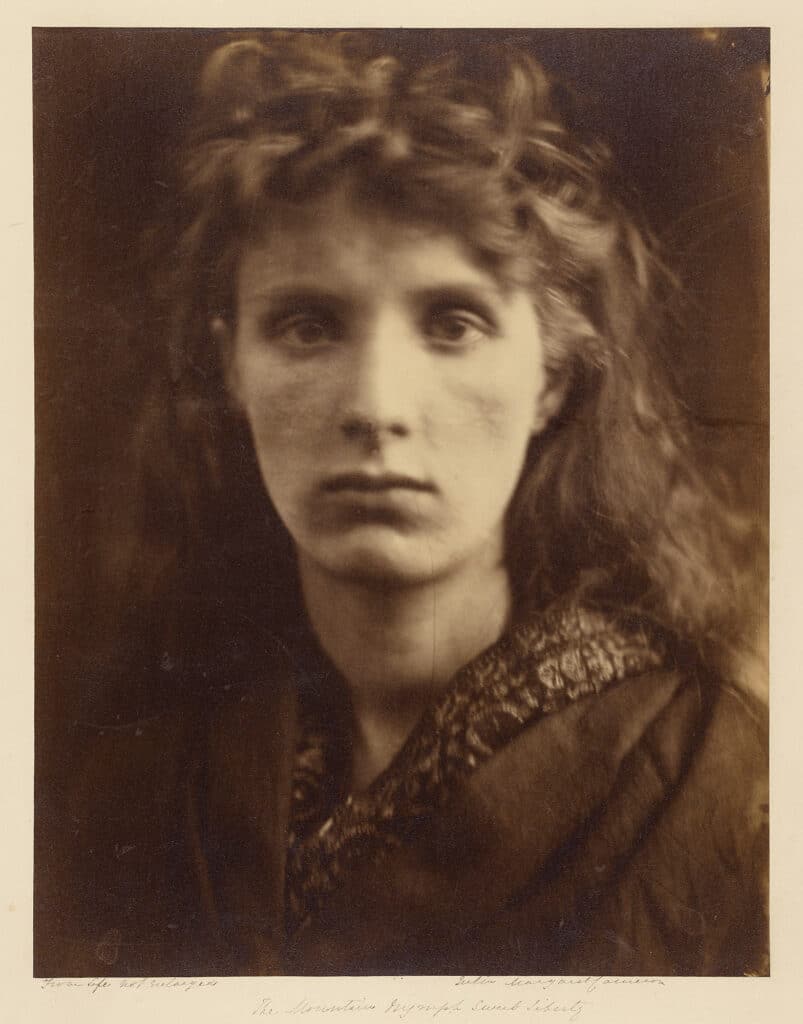
Organized into six chronological sections, Good Pictures explores the role instructional primers played in helping aspiring photographers learn “how to make good pictures.” Beil examines the rise of approaches that have dominated a particular moment in time, such as soft focus, Hollywood Glamour, motion blur, lens flare, and fish-eye — and examines how the industry itself helps to commodify the notion of “good” in order to reinforce, rather than challenge, the prevailing social, political, and cultural ideologies.
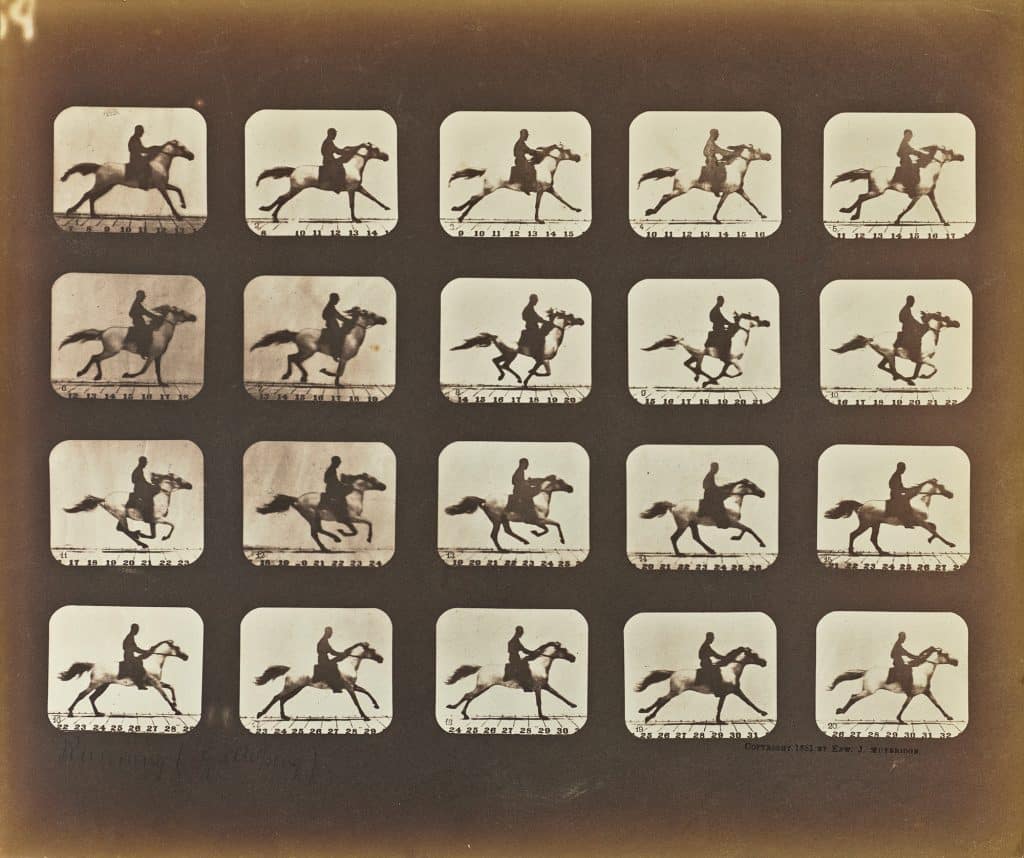
Throughout Good Pictures, Beil teases out a distinctively, but perhaps not exclusively, American trait: the commodification of style and the manufacture of groupthink. We see this in the way in which photographic styles are recycled in an endless loop — emerging, disappearing, and then returning at a later time.
The Sincerest Form of Flattery
“A good photograph may be best described as one that provokes recognition and inspires imitation,” Beil suggests at the outset of the book, a position that calls to mind the second half of Oscar Wilde incendiary quote, “Imitation is the sincerest form of flattery that mediocrity can pay to greatness.”
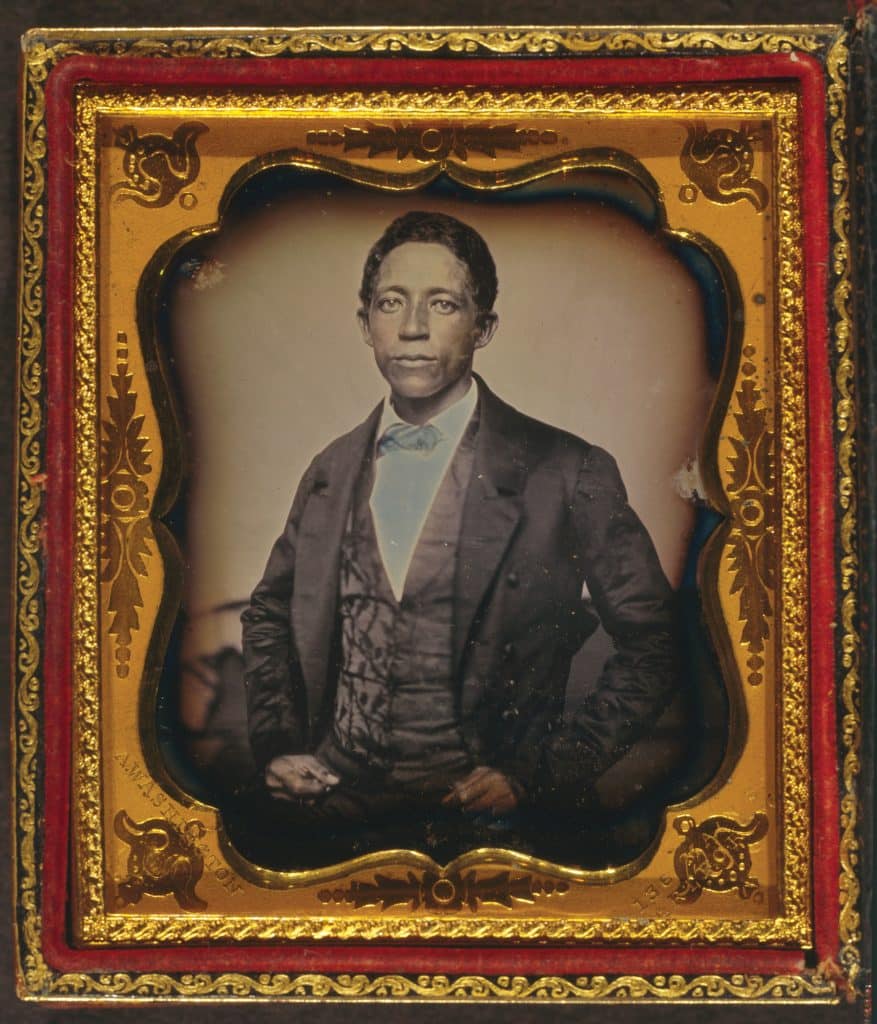
Rather than teach people how to think for themselves, instruction manuals proffered lessons in aesthetic and psychological conformity. Beil reveals how artists would advance the medium, only to have their works be co-opted and commodified, reduced to a technical element that could be used by anyone for effect, transforming what was once innovative into a visual cliché.
Consider the chapter of “Ruin Porn,” a favorite subject of nineteenth-century Romantics who saw the abject decay of humanity as the sublime at play. Through social media, ruin porn has made its “return,” rather tellingly at a time when massive waves of gentrification are devastating the very neighborhoods “preserved” in the photographs.
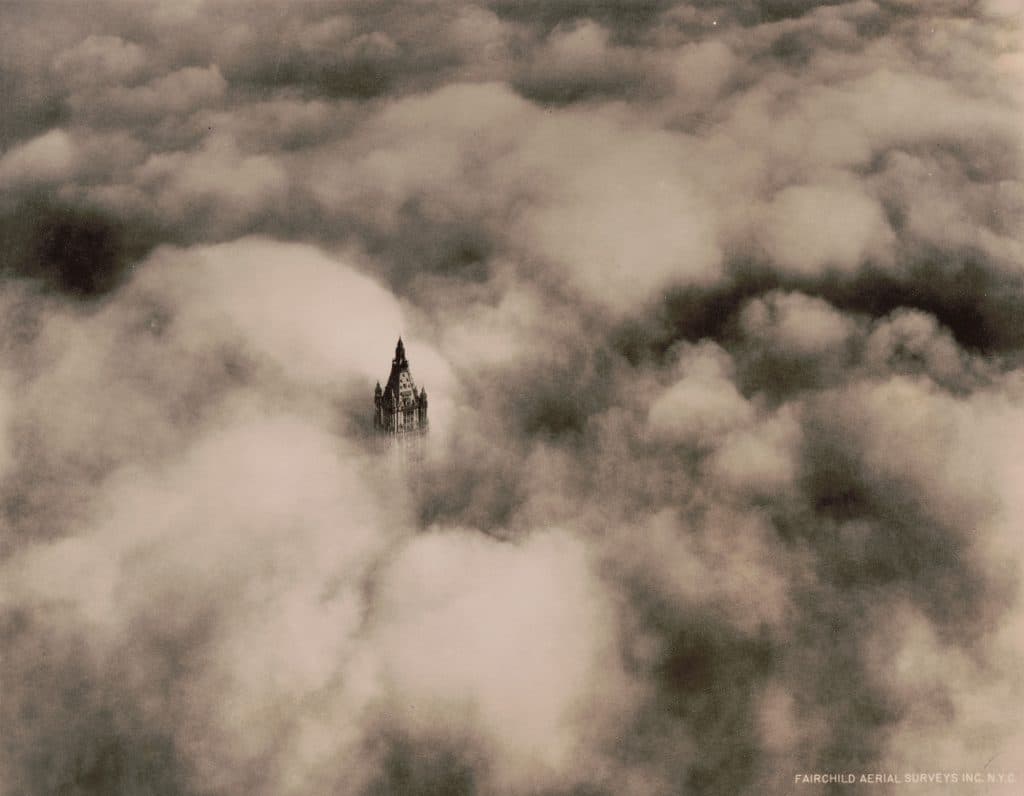
“Ruin porn, critics maintained, was a titillating voyeurism, which did nothing to address the institutional causes of a city’s decline or improve conditions” Beil writes. “Like other modern debates over the social value of photography, many of these discussions focused on the aestheticization of the subject, particularly the use f filters and the genre’s penchant for pictures devoid of human subjects.”
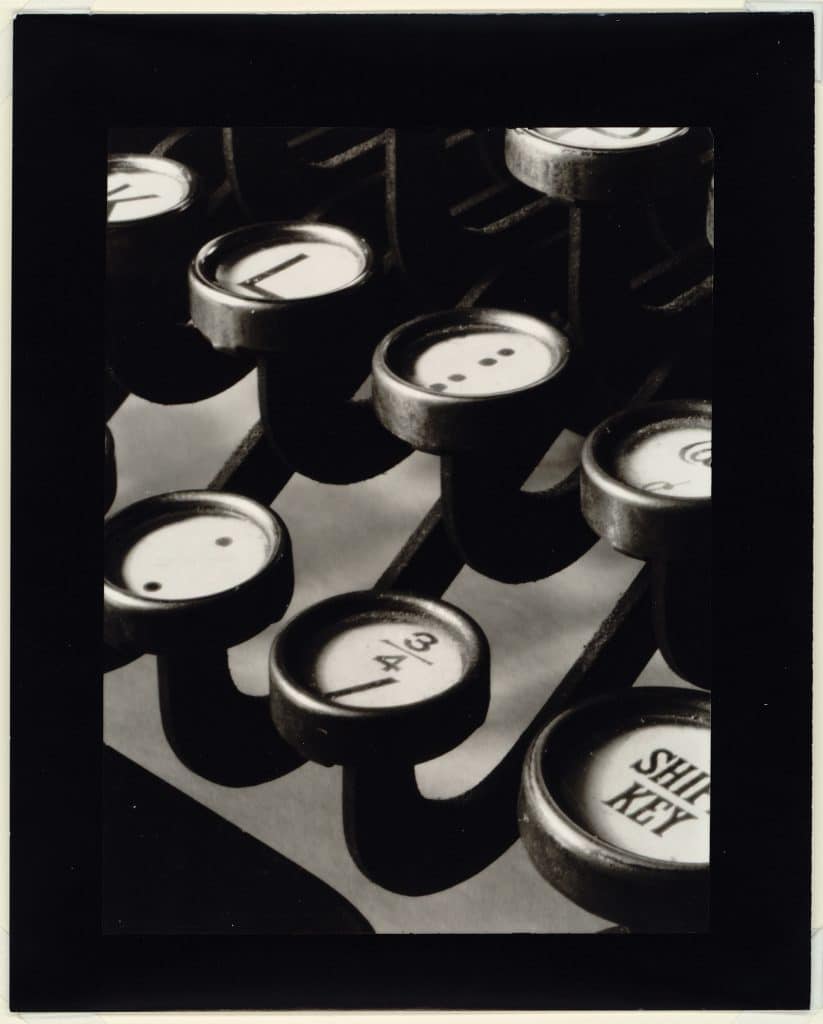
In this chapter, Beil links to previous entries of “foreground interest,” “ cloudy skies,” “crayons and vignettes” and “The Rembrandt Effect” to show how tropes become conventions and then clichés, endlessly recycled to appeal to those who seek comfort within the known. To reverse a commonly held proverb, here good is the enemy of the great.
By Miss Rosen
Miss Rosen is a New York-based writer focusing on art, photography, and culture. Her work has been published in books, magazines, and websites including Time, Vogue, Artsy, Aperture, Dazed, and Vice, among others.
Good Pictures A History of Popular Photography by Kim Beil
Stanford University Press
$45


